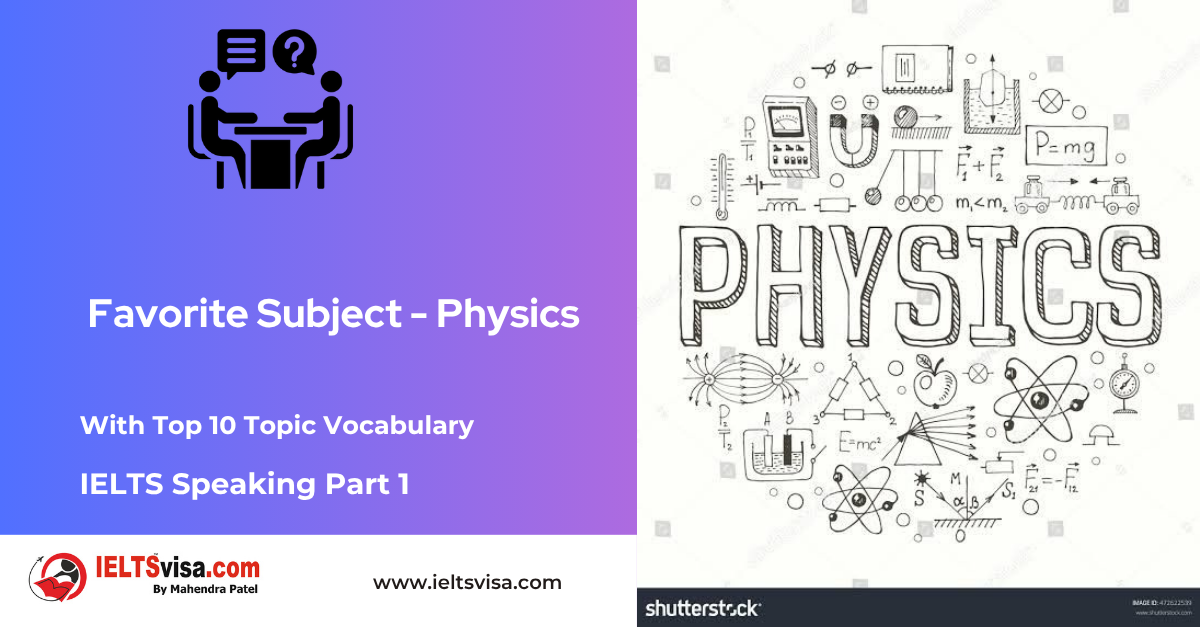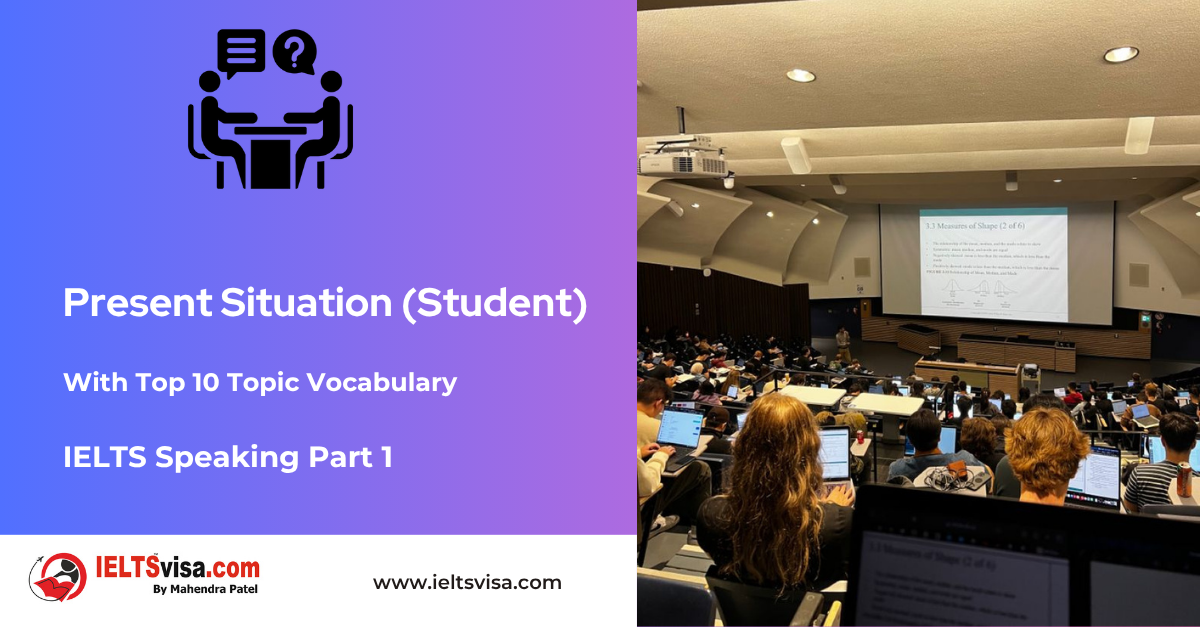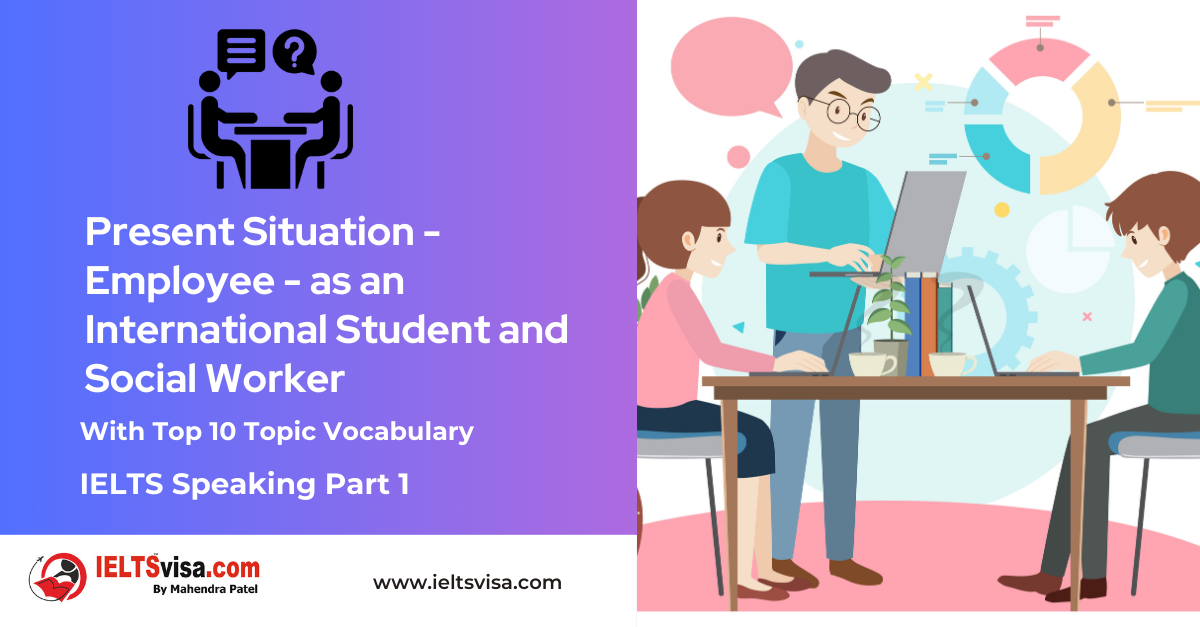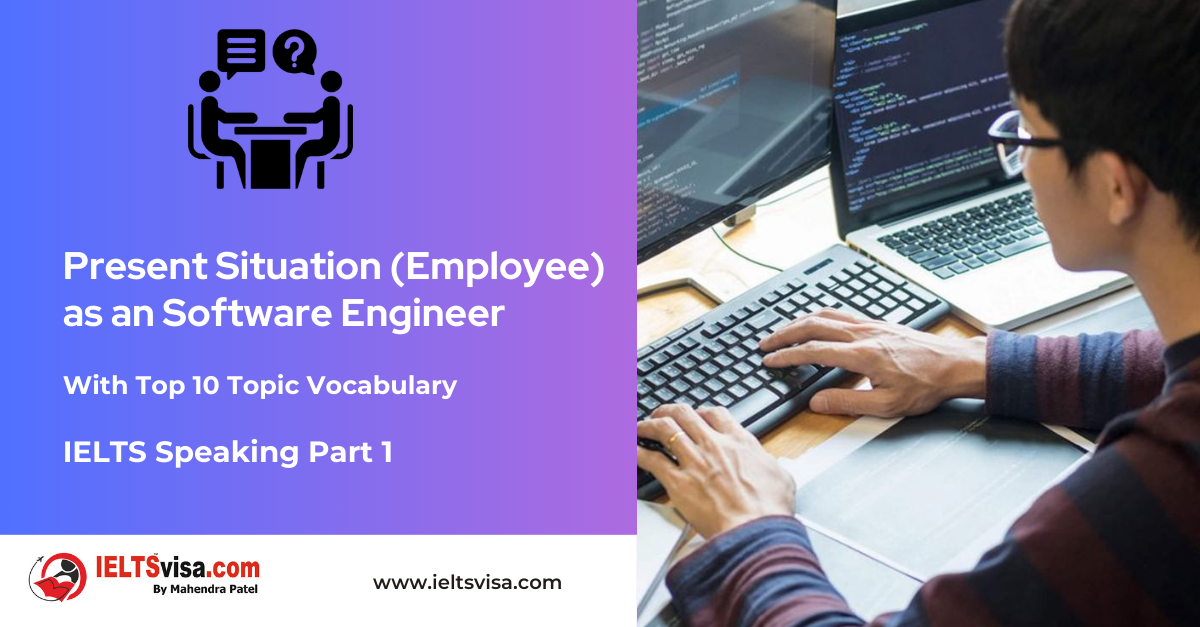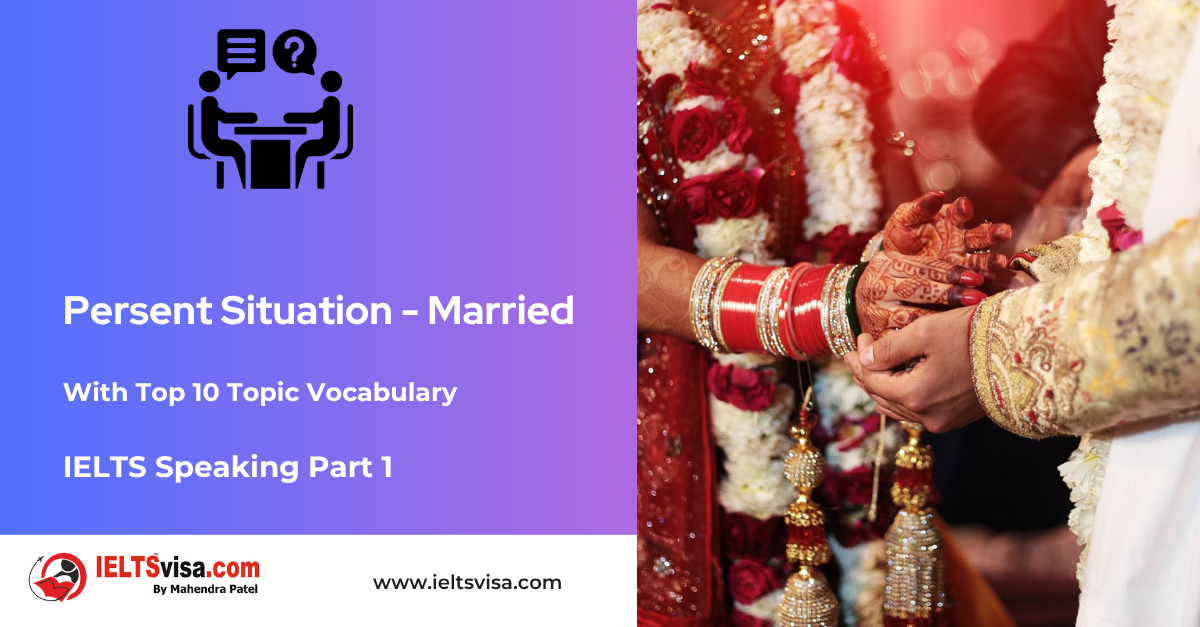Present simple (I do)
Grammar for IELTS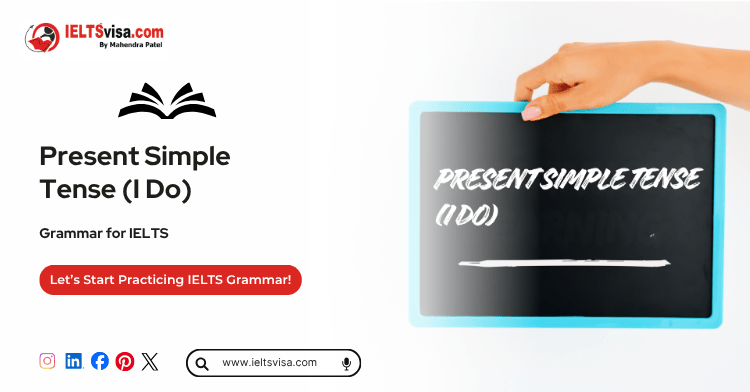
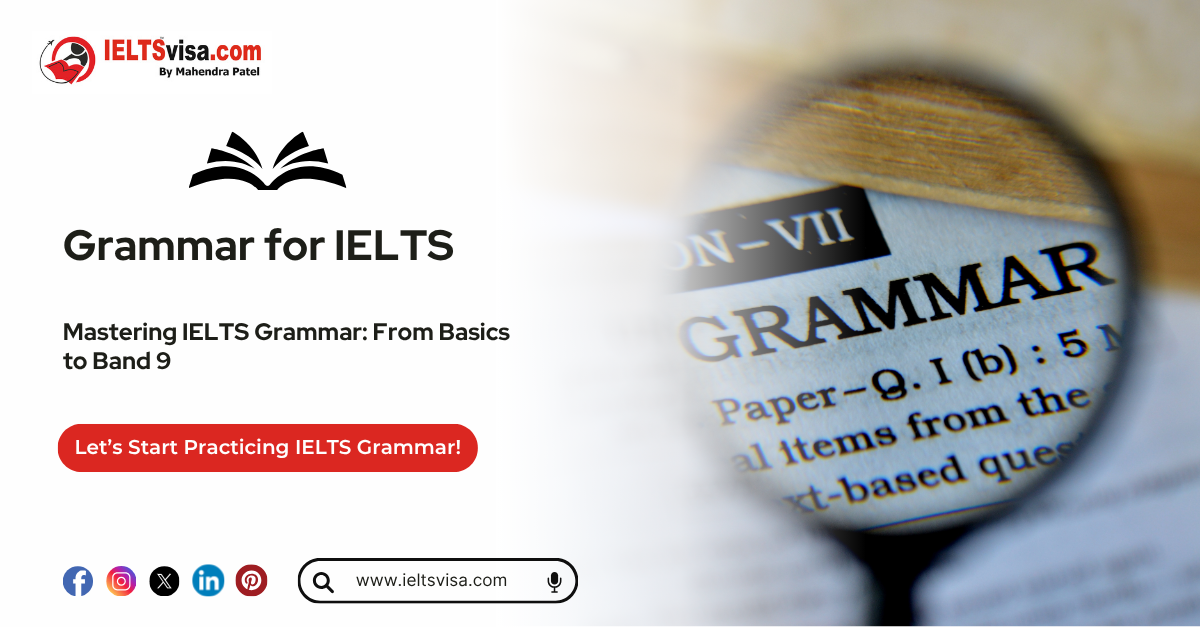
Present simple (I do)
The Present Simple Tense is a cornerstone of English grammar, essential for describing facts, habits, routines, and truths. In this guide, we will explore its structure, rules, applications, and examples to ensure learners of all levels can understand and use it confidently. This resource is specially tailored for beginners, children, and non-native English speakers.
Table of Contents
1. What is the Present Simple Tense?
2. Structure of the Present Simple Tense
3. Uses of the Present Simple Tense
-
- General Facts and Truths
- Habits and Routines
- Scheduled Events
- Instructions and Directions
- Newspaper Headlines
4. Rules of the Present Simple Tense
5. Present Simple: Positive Sentences
6. Present Simple: Negative Sentences
7. Present Simple: Interrogative Sentences
8. Common Mistakes in the Present Simple Tense
9. Present Simple vs. Other Tenses
10. Examples of the Present Simple Tense
11. Present Simple Exercises with Answers
12. FAQs About the Present Simple Tense
13. Tips for Mastering the Present Simple Tense
14. Conclusion
1. What is the Present Simple Tense?
The Present Simple Tense, also known as the Simple Present, is used to describe actions that happen regularly, are universally true, or are ongoing facts. It is a fundamental tense for communicating basic ideas effectively.
2. Structure of the Present Simple Tense
The Present Simple follows a straightforward formula:
Affirmative Sentences
Subject + Base Verb (V1) + Object
-
-
-
- Singular Subjects (he, she, it): Add -s or -es to the base verb.
- Plural Subjects (I, you, we, they): Use the base verb without modifications.
-
-
Examples:
-
-
-
- He reads books.
- They play football.
-
-
Negative Sentences
Subject + do/does + not + Base Verb (V1) + Object
Examples:
-
-
-
- She does not eat meat.
- We do not drive to work.
-
-
Interrogative Sentences
Do/Does + Subject + Base Verb (V1) + Object?
Examples:
-
-
-
- Does he watch TV every evening?
- Do they enjoy swimming?
-
-
3. Uses of the Present Simple Tense
The Present Simple is versatile and used in various contexts:
1. General Facts and Truths
Express universal facts or truths that are always valid.
Examples:
-
- The sun rises in the east.
- Water boils at 100°C.
2. Habits and Routines
Describe daily or regular activities.
Examples:
-
- She drinks coffee every morning.
- They go to the gym on weekends.
3. Scheduled Events
Discuss events based on fixed schedules.
Examples:
-
- The train leaves at 6 PM.
- The class starts at 9 AM.
4. Instructions and Directions
Provide step-by-step instructions or guidance.
Examples:
-
- Open the book and turn to page 5.
- Walk straight and take a left at the junction.
5. Newspaper Headlines
Used for simplicity and clarity in headlines.
Examples:
-
- President meets foreign delegates.
- Team wins a championship.
4. Rules of the Present Simple Tense
Rule 1: Adding -s or -es for Third-Person Singular
-
- Add -s to most verbs: He runs, She sings.
- Add -es for verbs ending in -ch, -sh, -x, -s, or -z: He watches, She fixes.
Rule 2: Use of Helping Verbs Do/Does in Negatives and Questions
-
- Do for plural subjects: We do not like coffee.
- Does for singular subjects: He does not play football.
Rule 3: Stative Verbs Are Not Used in Continuous Form
-
- Incorrect: She is knowing the answer.
- Correct: She knows the answer.
5. Present Simple: Positive Sentences
Positive sentences in the Present Simple are the easiest to construct.
Examples:
-
- I walk to school every day.
- He enjoys reading novels.
6. Present Simple: Negative Sentences
Negative sentences include “do not” or “does not.”
Examples:
-
- I do not like spicy food.
- She does not speak German.
7. Present Simple: Interrogative Sentences
Form questions by placing “do” or “does” at the beginning.
Examples:
-
- Do you play the piano?
- Does she know your name?
8. Common Mistakes in the Present Simple Tense
Mistake 1: Forgetting to Add -s/-es
Incorrect: He play football.
Correct: He plays football.
Mistake 2: Using “am/is/are” in Non-Continuous Actions
Incorrect: She is liking chocolate.
Correct: She likes chocolate.
9. Present Simple vs. Other Tenses
|
Aspect |
Present Simple |
Present Continuous |
|
Usage |
Routines, Facts |
Ongoing Actions |
|
Example |
I eat lunch every day. |
I am eating lunch now. |
10. Examples of the Present Simple Tense
- She plays the guitar beautifully.
- They do not watch TV often.
- Does he live in London?
11. Present Simple Exercises with Answers
Exercise 1: Fill in the Blanks
1. She ___ (work) at a bank.
2. We ___ (not, go) to the gym on Sundays.
3. ___ you ___ (enjoy) cooking?
Answers:
1. works
2. do not go
3. Do, enjoy
13. Tips for Mastering the Present Simple Tense
1. Practice Daily: Write about your daily routines using the Present Simple.
2. Read Regularly: Notice how this tense is used in articles and books.
3. Speak Often: Discuss your habits and preferences in English.
FAQs About the Present Simple Tense
Q1: When should I use the Present Simple Tense?
A: Use it for habits, routines, general facts, and scheduled events.
Q2: What is the difference between “do” and “does”?
A: “Do” is used with plural subjects, and “does” is used with singular subjects.

Our Books
Master IELTS Speaking Part 1
IELTS Writing Task 1 Book
IELTS Writing Task 2 Book
Practice IELTS Other Modules
IELTS Listening
The IELTS Listening test assesses how well you can understand spoken English in various contexts. It lasts about 30 minutes and is divided into four sections with a total of 40 questions. The listening tasks become increasingly difficult as the test progresses.
IELTS Academic Reading
The IELTS Academic Reading section assesses your ability to understand and interpret a variety of texts in academic settings. It is designed to evaluate a range of reading skills, including skimming for gist, reading for main ideas, reading for detail, understanding inferences, and recognizing a writer's opinions and arguments.
IELTS Speaking
The IELTS Speaking test assesses your ability to communicate in English on everyday topics. It lasts 11-14 minutes and consists of three parts: introduction, cue card, and a discussion based on the cue card topic.
IELTS General Reading
IELTS General Reading tests your ability to understand and interpret various types of texts. Here are some key areas and types of content you can expect to encounter in the reading section, along with tips for effective preparation.
IELTS Academic Writing Task 1
In IELTS Academic Writing Task 1, you are presented with a visual representation of information, such as graphs, charts, tables, or diagrams, and you are required to summarize, compare, or explain the data in your own words.
IELTS General Writing Task 1
In IELTS General Writing Task 1, you are required to write a letter based on a given situation. The letter can be formal, semi-formal, or informal, depending on the prompt. Here’s a breakdown of the key components to include in your letter
IELTS Academic Writing Task 2
In IELTS Academic Writing Task 2, you are required to write an essay in response to a question or topic. Here’s a guide to help you understand the essential elements of this task
IELTS Exam Tips
To succeed in the IELTS exam, practice regularly, familiarize yourself with the test format, improve your vocabulary, develop time management skills, and take mock tests to build confidence.
Grammer for IELTS
Grammar is the foundation of effective communication in English. Understanding tense usage, subject-verb agreement, and sentence structure enhances clarity and coherence in writing and speaking.
Vocabulary for IELTS
Vocabulary plays a crucial role in the IELTS (International English Language Testing System) exam, especially in the Speaking and Writing sections. Here’s an overview of why vocabulary is important and how it impacts your performance
RECENT IELTS SAMPLES QUESTIONS AND ANSWERS
IELTS Speaking Part 1 – Favourite Sujbect – Physics
IELTS Speaking Part 1 - Favourite Sujbect - Physics Q: What is your favourite subject? A: My favourite subject...
IELTS Speaking Part 1 – Present Situation (Student)
IELTS Speaking Part 1 - Present Situation (Student) Q1: Are you a student or do you work?A: I’m a full-time...
IELTS Speaking Part 1 – Present Situation – Employee – as an International Student and Social Worker
IELTS Speaking Part 1 - Present Situation - Employee - as an International Student and Social Worker Q1: Are...
IELTS Speaking Part 1 – Persent Situation – Employee- as an Electric Engineer
IELTS Speaking Part 1 - Persent Situation - Employee- as an Electric Engineer Q1: What do you do for a...
IELTS Speaking Part 1 – Persent Situation – Employee – as an Software Engineer
IELTS Speaking Part 1 - Persent Situation - Employee - as an Software Engineer Q1: What do you do for a...
IELTS Speaking Part 1 – Persent Situation – Married
IELTS Speaking Part 1 - Persent Situation - Married Q1: Are you married?A: Yes, I am married. My spouse and I...

